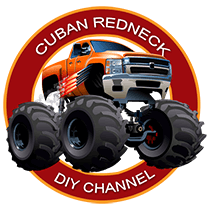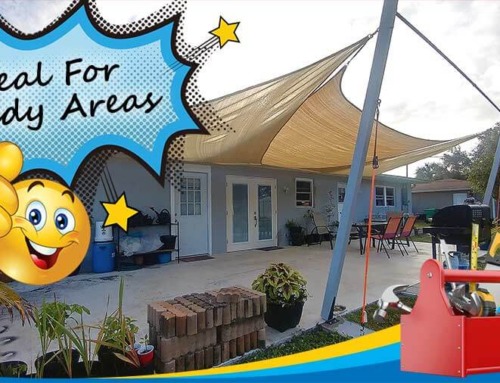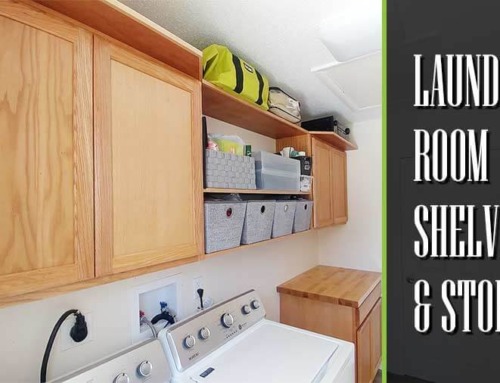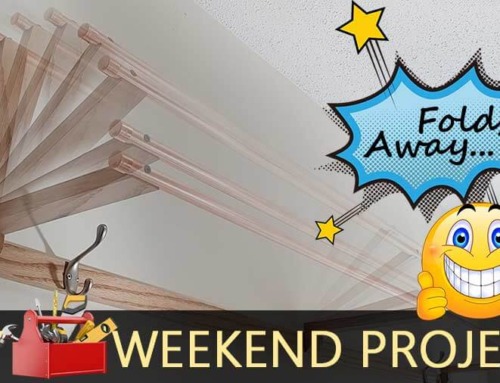Hello, everyone. Thank you for stopping by, and welcome to another DIY tutorial here at the Cuban Redneck DIY channel. If you live in the Southeast, you probably have an orange peel or knockdown texture walls or know what it is! When tastefully done, I have to say that wall texture looks pretty good, and when I say tastefully, I mean very light or orange peel wall texture.
Although drywall or gypsum had been around since before the great depression of the 20s, it didn’t become a popular building material until World War II. During the early 1950s, real estate boomed that what we know today as drywall became a standard. By the late 50s, more than 50% of all homes build were using it! One of the issues in the early days of drywall issues as with its predecessor, the plaster and gypsum lath method was getting a smooth finish! Contractors were spending more time trying to make it smooth than putting it up. In many cases, the easy solution was wallpaper, something that had been in use for centuries.
In the 70s, after decades of wallpaper, I am not sure if my accident, and by design, somebody decided to throw plaster on a ceiling and run a roller over it while it was still wet! The result was a textured finish that was quite simple to do and could hide the seams between drywall sheets. Its only flaw was when it came to wall repair and matching the wall texture.
What is Orange Peel Wall Texture?
There are many different types and styles of wall texture. Some of the most common are popcorn, orange peel, sand swirl, knockdown, Venetian plaster, skip-trowel, slap brush, rosebud, and comb in no particular order. Wall texture ranges from very subtle in the case of Venitian plaster and orange peel to more aggressive with higher profile pick and valleys texture like popcorn and knockdown. Except for Venetian plaster, a wall and ceiling finish consisting of a mixture of plaster and marble dust, most wall textures are nothing more than plaster compound applied using various tools and techniques. Regardless of the style, wall textures’ primary objective is to hide taped drywall seams and other imperfections.
This article focuses on orange peel wall texture, which is also known as splatter or eggshell in some parts of the country. It got its name from it resembling the skin or peel of an orange. Orange peel is probably the favorite alternative to a smooth finish in Florida. Although it is subtle, it does an incredible job at hiding wall and ceiling imperfections, especially in long hallways or tall walls where multiple drywall sheets are needed. Compared to other types of wall texture, orange peel is more durable and easy to clean, making it the texture of choice for rental homes, commercial buildings, and new construction. Its bumpy, subtle nature it the perfect finish for most décor, including modern styles.
How to Apply Orange Peel Wall Texture?
A hopper spray gun or a texture sprayer like the Graco TexSpray are the preferred methods to apply the orange peel wall texture. However, several manufacturers have stepped up t the plate and developed aerosol products that have come to challenge the establishment! If you would have told me five years ago that you can buy an orange peel wall texture spray can, I would have said that you were joking. But it is true. As I showed in this video about orange peel wall texture, even in new construction or smooth walls, you want to add orange peel wall texture. In many cases, the stuff in the aerosol can is a better solution for your average DIY weekend warrior when compare to the hopper spray gun or a texture sprayer.
How to Patch and Repair Orange Peel Wall Texture?
If you can see blemishes on your walls after painting patched walls, it is more than likely you didn’t match your walls’ texture. Talking to friends and family, it seems that everyone knows what orange peel texture is, but very few people know how to do it, how to fix it, and or what products to use. Orange peel texture consists of a “splatter” type texture that involves spraying some plaster compound variation in your walls’. Not to be confused with the knockdown, a similar wall texture technique consisting of a thicker, rougher texture.
Many videos on YouTube will tell you that you will need a hopper gun and air compressor and other professional tools to get a good result. However, it is essential to point out that, technically, Orange Peel Wall Texture can be achieved without tools. DIY rookies looking to save money on their home renovation and or painting project may think that wall texture is best left to the pros. Well, know that nowadays, you can rent all the equipment necessary to do Orange Peel Drywall Texture like a pro at your local big-box store!
With that said, very few DIY homeowners get up first thing in the morning and say, today, I am going to do an orange peel texture wall! The majority of the time, the “Orange Peel Texture” comes into the conversation after fixing dints, scratches, and holes on the drywall with either spackling paste or even plaster compound. The result is worse than before! What happens when you don’t match the patched area’s texture to the one on the existing walls. That is a costly mistake I made while painting our Southwest Florida home, and I hope this video helps you not only save money but allow you to get an Orange Peel Texture on Drywall like a PRO! For me, the solution was Homax orange peel texture products.
Homax Orange Peel Texture Products
The Homax orange peel texture products come in several varieties and sizes ranging from 10 oz to 25 oz aerosol cans. The company also makes popcorn ceiling spray texture that we are not going to cover in this article and buckets of texture plaster. For the most part, those looking to make repairs in walls with existing wall texture should direct their attention to the following:
Homax #4092-20 White Orange Peel Wall Texture
- – Water-based aerosol formula
- – Patches orange peel and splatter textures
- – Adjusts to spray fine to heavy orange peel textures
Homax #4055-20 White Orange Peel Wall Texture
- – Ideal for orange peel wall texture repairs
- – Adjust texture pattern by rotating the nozzle
- – Fast-drying, oil-based formula
Homax #4065-20 White Knockdown Wall Texture
- – Water-based aerosol formula
- – Patches knockdown and southwest style textures
- – Adjusts to spray light and heavy knockdown textures
All three of these products are relatively easy to use even for those with limited home improvement experience but especially painting.
Step #1 – This is a requirement for anything the omes in a spray can. You MUST shake the can vigorously for about 2 minutes.
Step #2 – As with undercoating and other thick substances that come in a spray can, I found that putting under a hot water tap for about one to two minutes improves the aerosol performance of the product. That happens because the gasses inside the can expand, creating additional pressure and better spray pattern. Heating up the can also improve the amount of coverage you get from one can. Sometimes when the gasses inside the can are cold, the aerosol can stop spraying because it has run out of gas even though it feels like there is still quite a bit of material inside!
Step #3 – Practice your distance! Out of pure try and error, I have found that about 30-36 inches is the sweet spot for this product! The idea id to have it spray droplets that are smaller than a quarter of an inch. I found that for my application, droplets between one to three 16th of an inch worked best! Practicing on a piece of cardboard or inside a closet that you have yet to paint is ideal for getting the right feel.
Step #4 – The finish – Regardless of which of these products you use, they are all paint-ready once they have dry. For the waterbased products, I recommend about 40 minutes. For the oil base products, I recommend about 10 minutes. Know that your newly sprayed texture will shink quite a bit and unless it is really messy let it dry before trying to correct it! Also, until painted, this product is very easy to sand and even remove using a putty knife.
OK, enough of instructions, let’s get busy! When it comes to painting and doing this wall texture stuff, no amount of instruction makes up for doing it! However, I hope I have brought you enough information to get you going in the right direction, and if you have any suggestions as to how I can make these videos any better, I would love to hear from you! Until next time, this JC, with the Cuban Redneck DIY channel!





